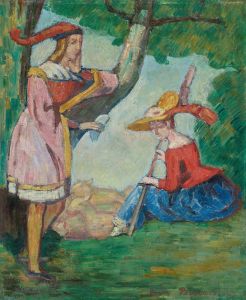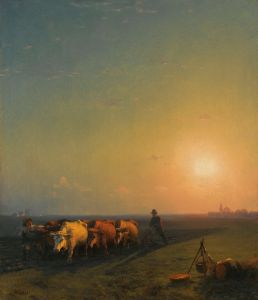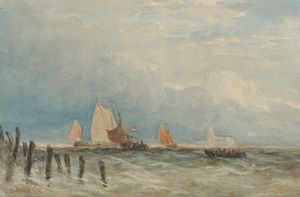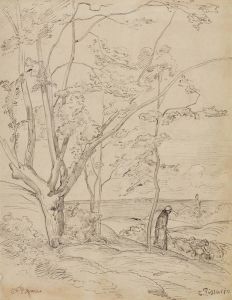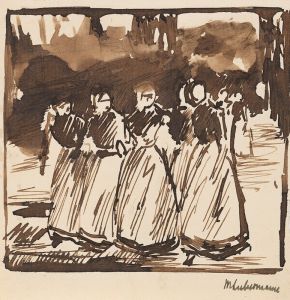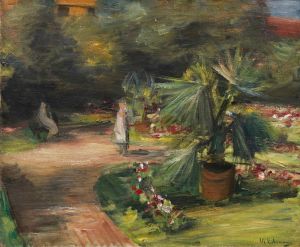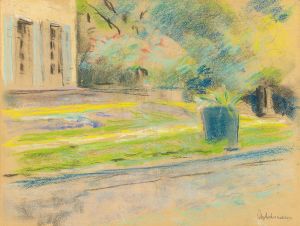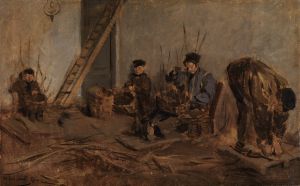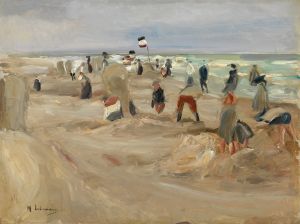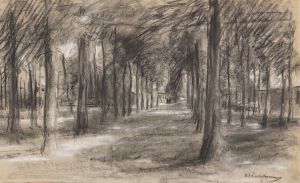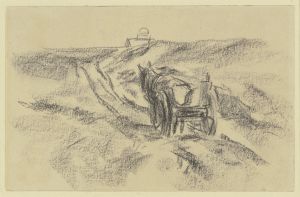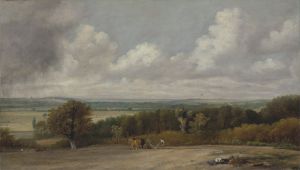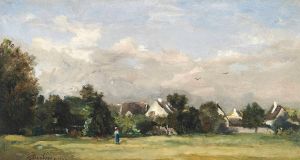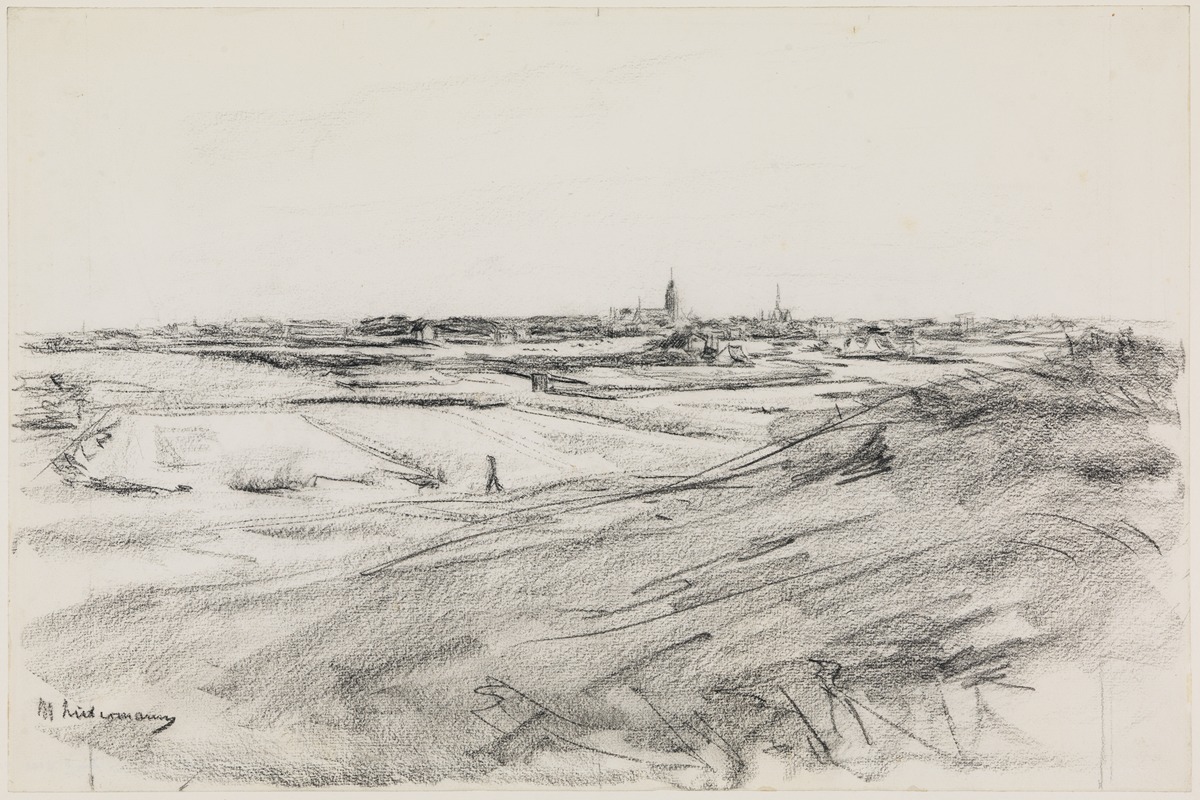
Holländische Landschaft
A hand-painted replica of Max Liebermann’s masterpiece Holländische Landschaft, meticulously crafted by professional artists to capture the true essence of the original. Each piece is created with museum-quality canvas and rare mineral pigments, carefully painted by experienced artists with delicate brushstrokes and rich, layered colors to perfectly recreate the texture of the original artwork. Unlike machine-printed reproductions, this hand-painted version brings the painting to life, infused with the artist’s emotions and skill in every stroke. Whether for personal collection or home decoration, it instantly elevates the artistic atmosphere of any space.
Max Liebermann was a prominent German painter and printmaker, associated with the Impressionist movement. He was one of the leading figures in the Berlin Secession, an art movement that sought to break away from the traditional academic art styles of the time. Liebermann's work often focused on scenes of everyday life, capturing the essence of his subjects with a keen eye for detail and a subtle use of color and light.
"Holländische Landschaft" (Dutch Landscape) is one of Liebermann's works that reflects his fascination with the Dutch countryside. Although specific details about this particular painting are scarce, it is known that Liebermann was deeply influenced by his travels to the Netherlands. The Dutch landscape, with its flat terrain, expansive skies, and intricate interplay of light and shadow, provided a rich source of inspiration for Liebermann. This influence is evident in many of his works, where he often depicted rural scenes, farmers, and the serene beauty of the natural environment.
Liebermann's style in "Holländische Landschaft" would likely exhibit his characteristic brushwork and attention to atmospheric effects. His paintings often feature a loose, yet deliberate application of paint, capturing the fleeting effects of light and the transient nature of the scenes he depicted. This approach aligns with the broader Impressionist movement, which sought to convey the impression of a moment rather than a detailed, realistic representation.
Throughout his career, Liebermann's work was marked by a commitment to realism and a deep appreciation for the ordinary moments of life. His Dutch landscapes, including "Holländische Landschaft," are celebrated for their ability to evoke a sense of tranquility and timelessness. Liebermann's ability to capture the essence of the Dutch landscape speaks to his skill as an artist and his deep understanding of the natural world.
Liebermann's contributions to art extend beyond his paintings. As a leader of the Berlin Secession, he played a crucial role in promoting modern art in Germany. His advocacy for artistic freedom and innovation helped pave the way for future generations of artists. Despite facing challenges during his lifetime, including the rise of the Nazi regime and its impact on his career, Liebermann's legacy endures through his art and his influence on the development of modern art in Germany.
In summary, while specific details about "Holländische Landschaft" are limited, the painting is representative of Max Liebermann's broader body of work, characterized by its Impressionist style and focus on the beauty of everyday life. His Dutch landscapes remain a testament to his artistic vision and his ability to capture the serene beauty of the natural world.





